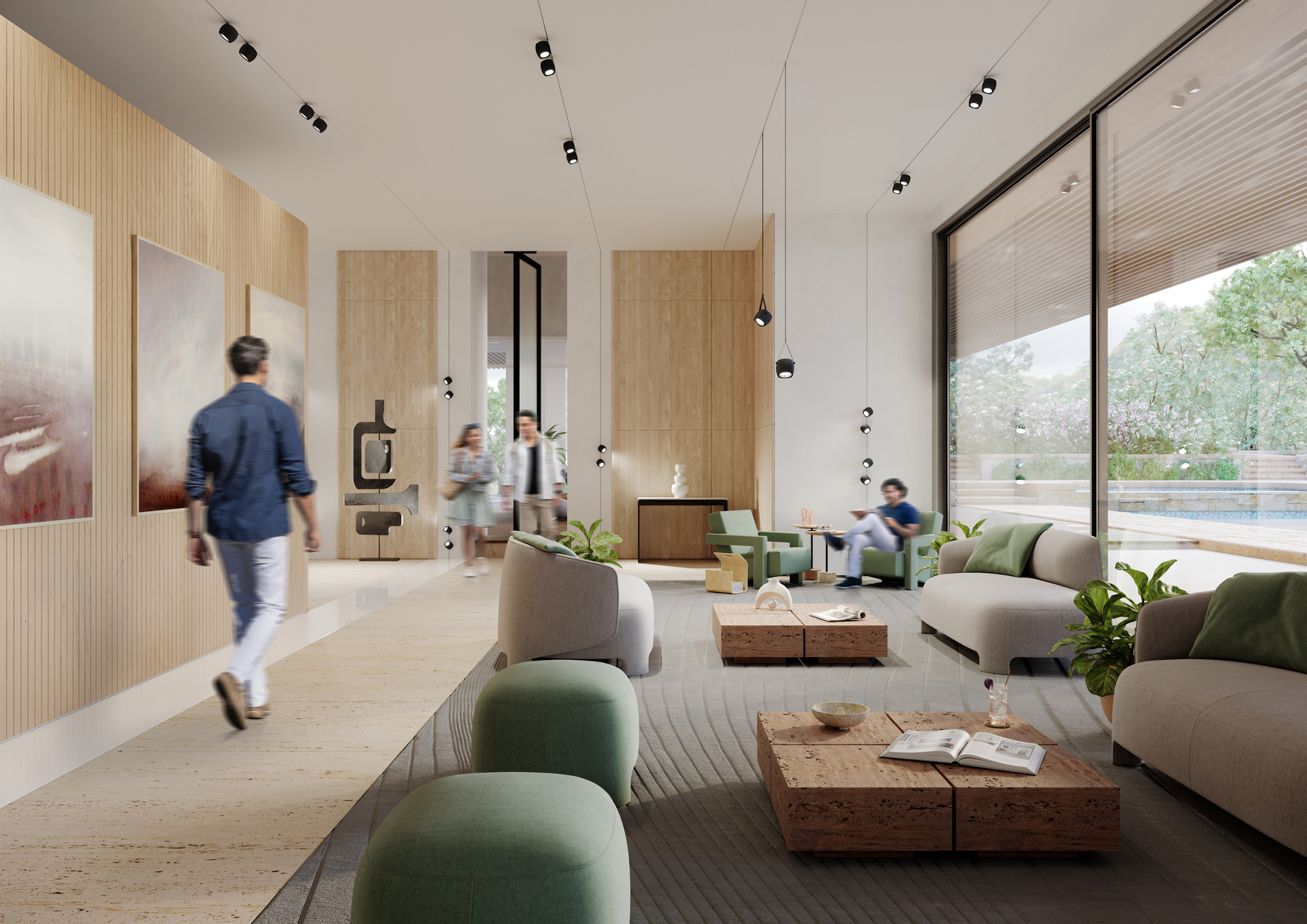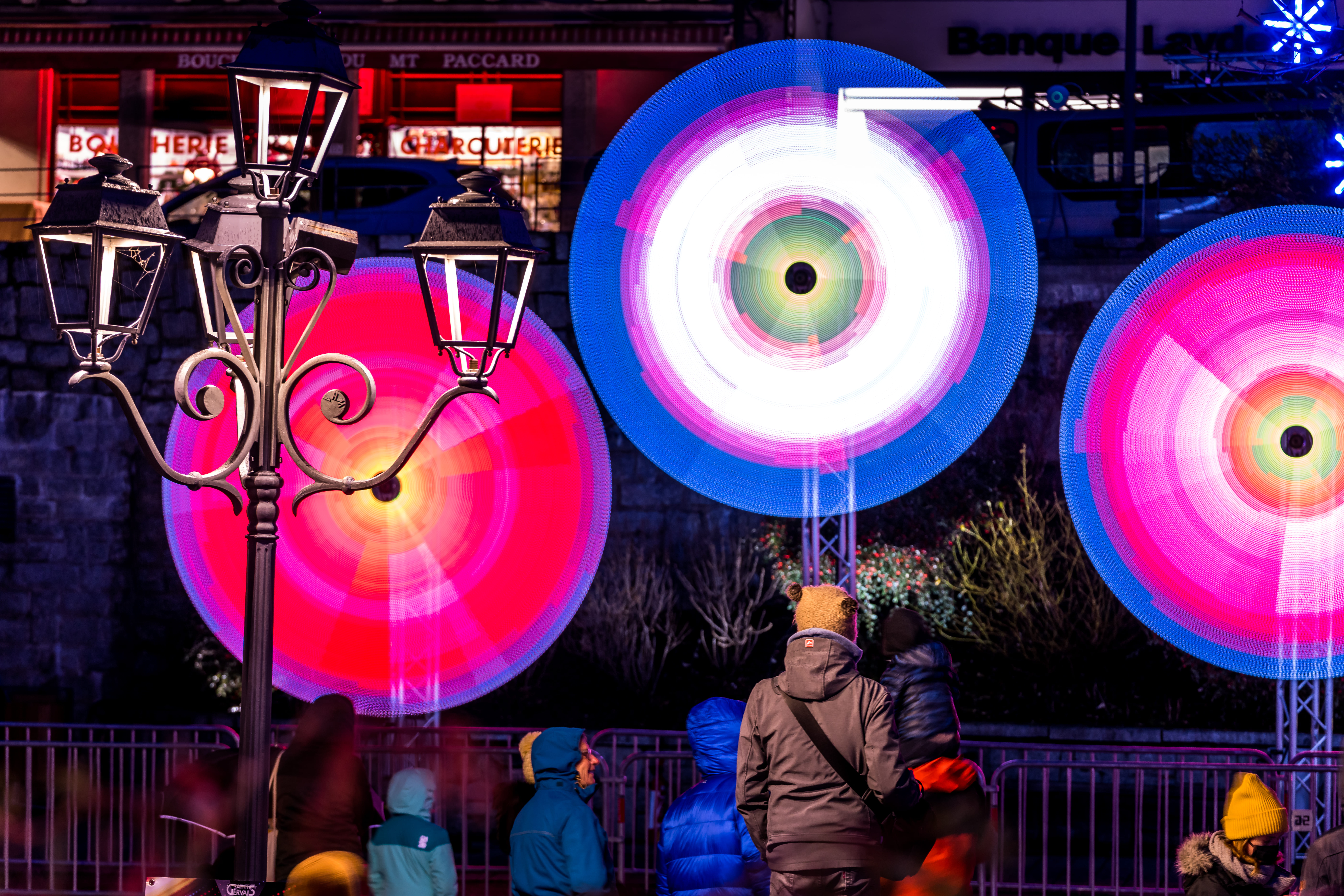Lighting a garden means meeting different needs. On one hand, you want a space that feels safe and well-lit in every corner. On the other, you may want to enhance the beauty of plants, flower beds, and walkways with outdoor lighting that is both functional and atmospheric. There are best practices for lighting a garden properly, starting with the right light sources and color temperature, and continuing with advice on fixtures and beam types for each area. Remember to save energy and avoid major renovation work while still bringing light into your home.

Warm or cool light: which is the best for your garden?
We begin with a technical question: what color temperature works best for garden lighting? Lighting designers usually suggest using warm light (2700K to 3000K), as it creates a softer, more relaxing glow, ideal for making your outdoor space feel cozy and inviting. You can also use neutral white light around 4000K, closer to natural sunlight. However, cool white light is not recommended for gardens, as it creates a harsh effect and disrupts the natural look of plants.
Why? For a few reasons: cool blue-toned light activates the body, disrupting relaxation and sleep, and on an aesthetic level, it alters the appearance of plants, shifting their greens toward unnatural tones. Cool light is better suited for sports fields or corporate outdoor areas, such as office entrances, even when plants are present.
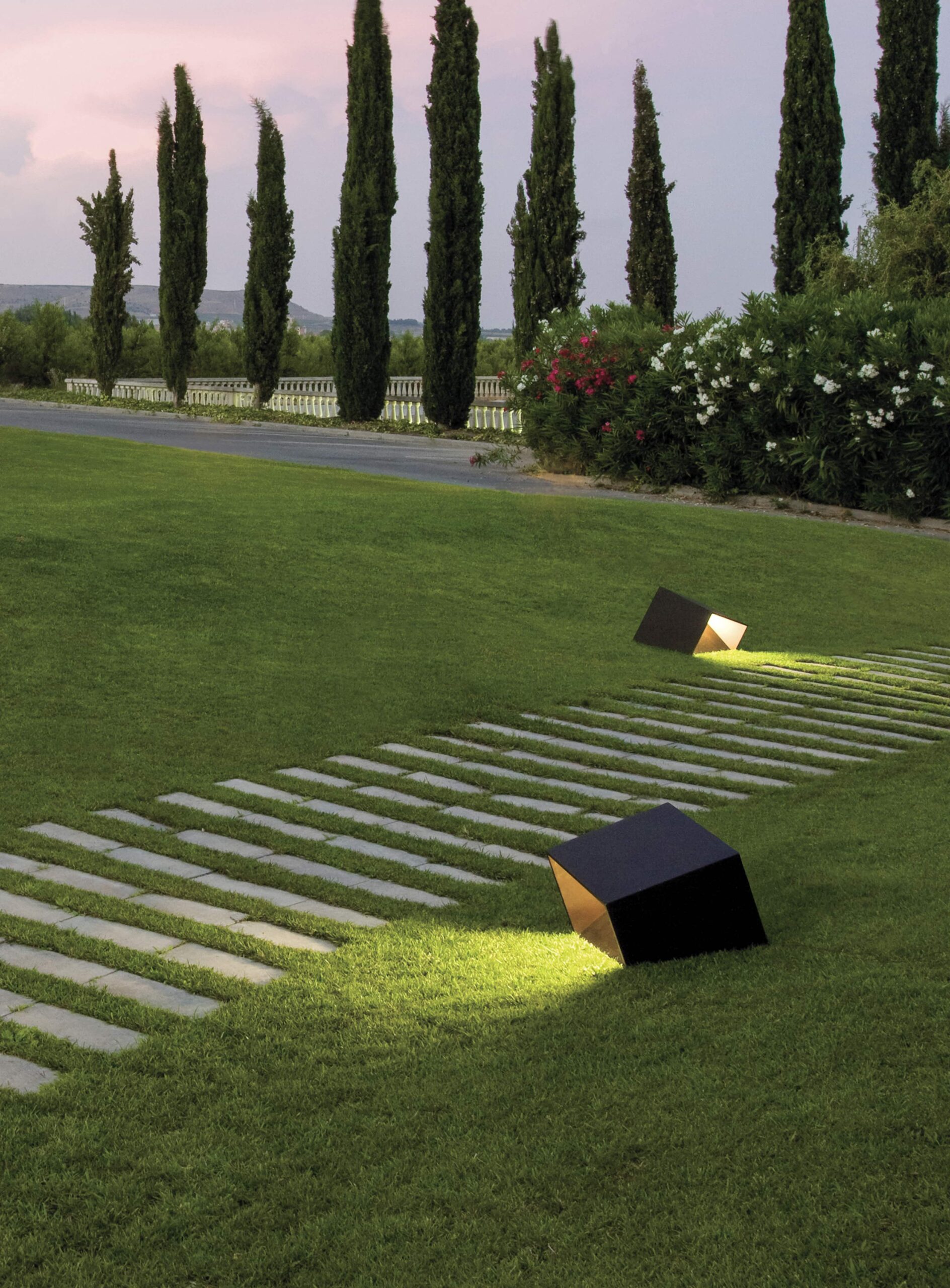
Lighting different areas of your garden
When designing your garden lighting, think in zones. Start by lighting walkways and footpaths with bollard lights or recessed fixtures equipped with anti-glare filters—this ensures safe, comfortable movement through the garden. This ensures safe navigation, whether you are heading to your outdoor dining area, the front door—or, for the lucky ones, the pool—without trampling the lawn. For safety, light the edges of your garden. Use LED strips or bollards for low walls and spotlights for tall hedges. Always aim perimeter lights inward and downward—this reduces glare and helps you notice any movement or intruders.
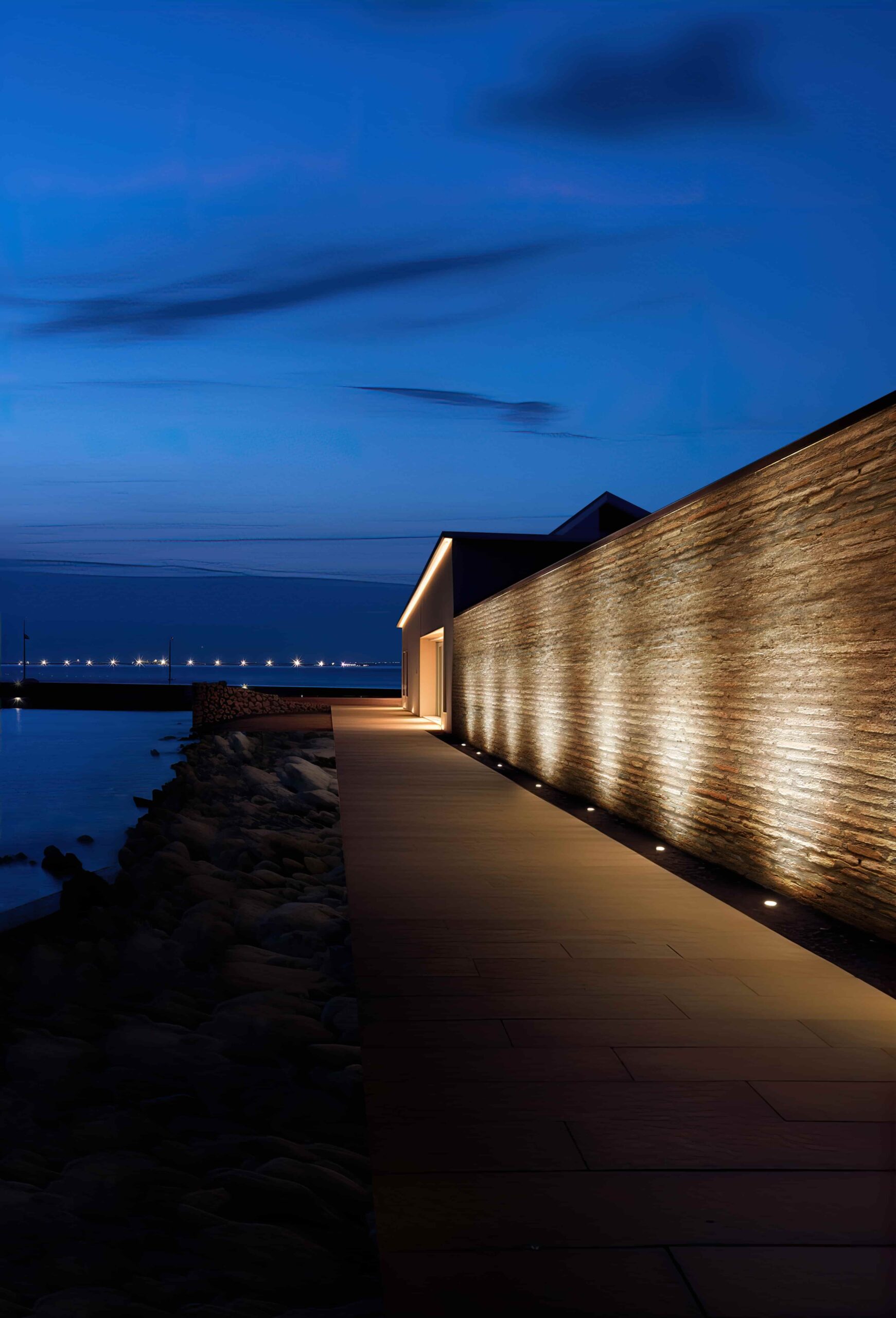
Lighting a garden is also about showcasing it after dark. Here is where accent lighting for plants comes in. Tall trees with full canopies should be lit from below using recessed uplights or targeted spotlights to highlight the foliage. For low-flowering shrubs, use top-down lighting with slim bollards placed in the flower beds. Or try the latest trend: lightweight fixtures shaped like flowers that blend naturally into the landscape.
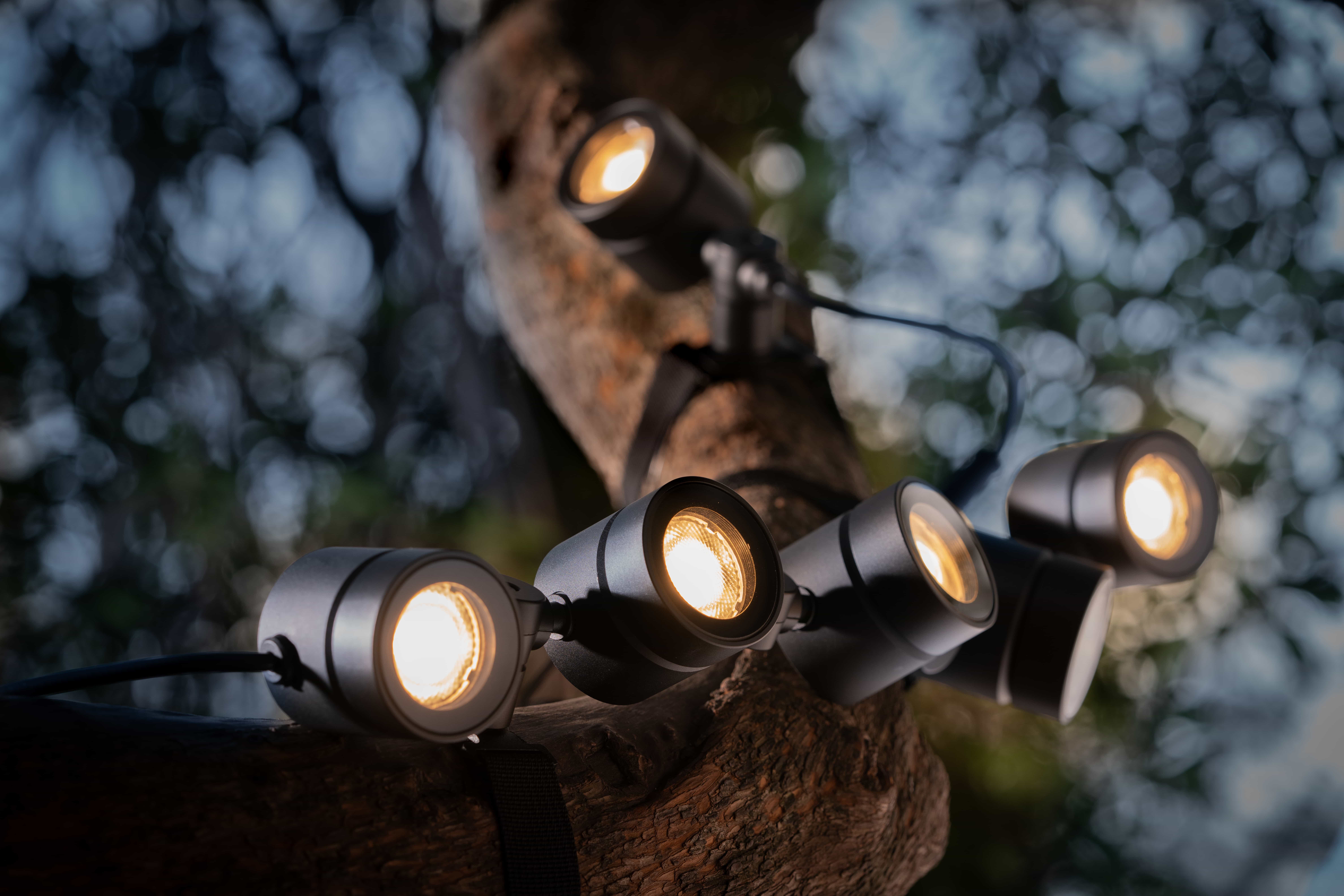
Solar, rechargeable, and cordless outdoor lighting
How can you light your garden without breaking the bank? That is a common question—many brands now offer energy-saving solutions that are easy to install. These lighting systems require no wiring and are simple to reposition. Take solar-powered bollards, for instance: they store energy during the day and provide light at night—no electricity needed. There are also battery-powered portable lights, including slim bollards for flower beds and compact fixtures designed to be placed directly on the ground. One of the hottest trends for garden lighting? Hanging string lights, like the ones at summer fairs or outdoor festivals. They are affordable, decorative, and widely available online or in stores, and many models are solar-powered.
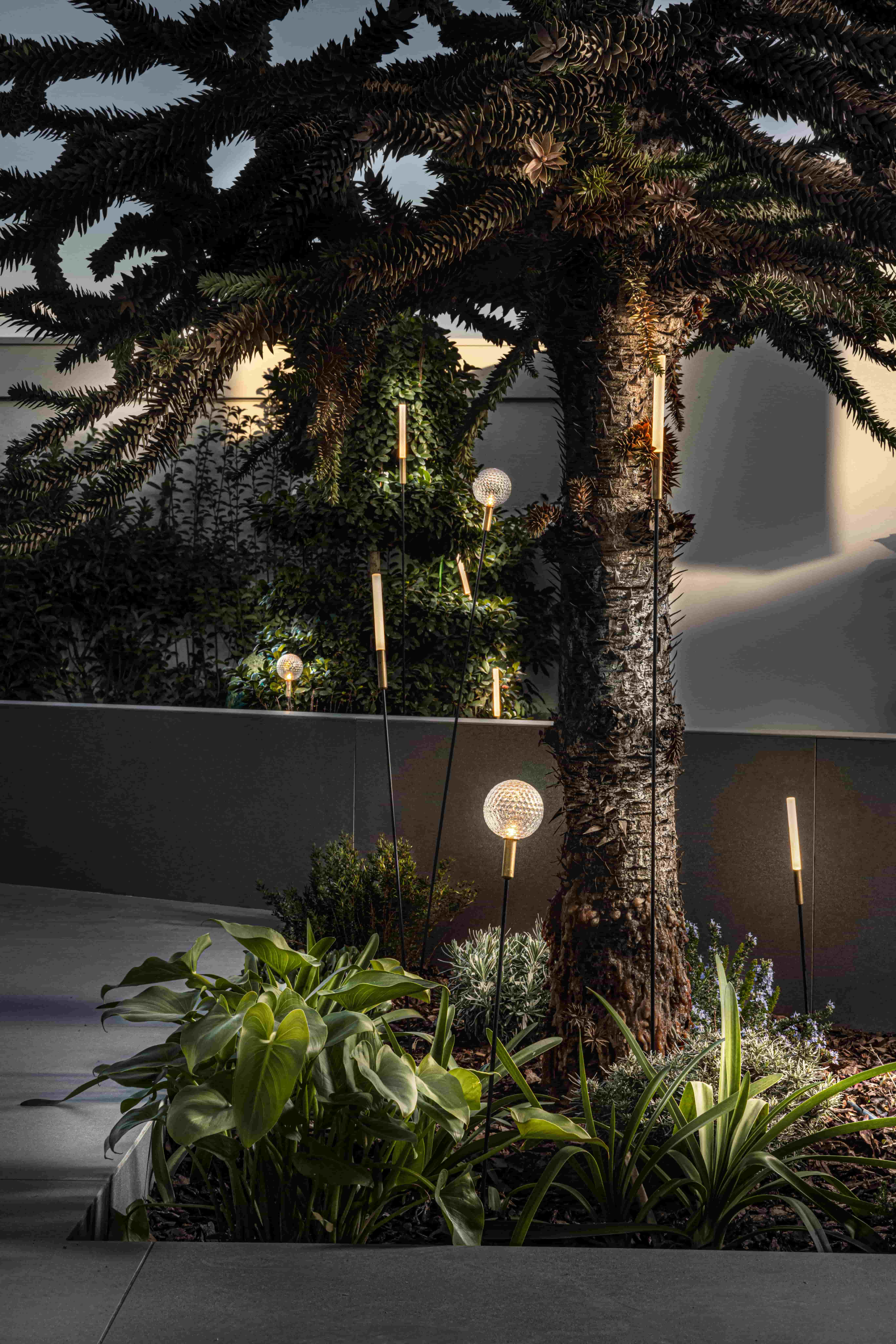
Outdoor lighting: turning your garden into a living space
Finally, you can focus on the parts of the garden you use most—seating areas, sun loungers, barbecue, and dining zones. These spaces are now real extensions of the home. Lighting for these “outdoor rooms” often mirrors indoor design—floor lamps, sconces, and table lamps with proper IP ratings and weatherproof finishes.
Many of these lights are outdoor adaptations of iconic indoor designs, creating a seamless visual flow between inside and outside.

